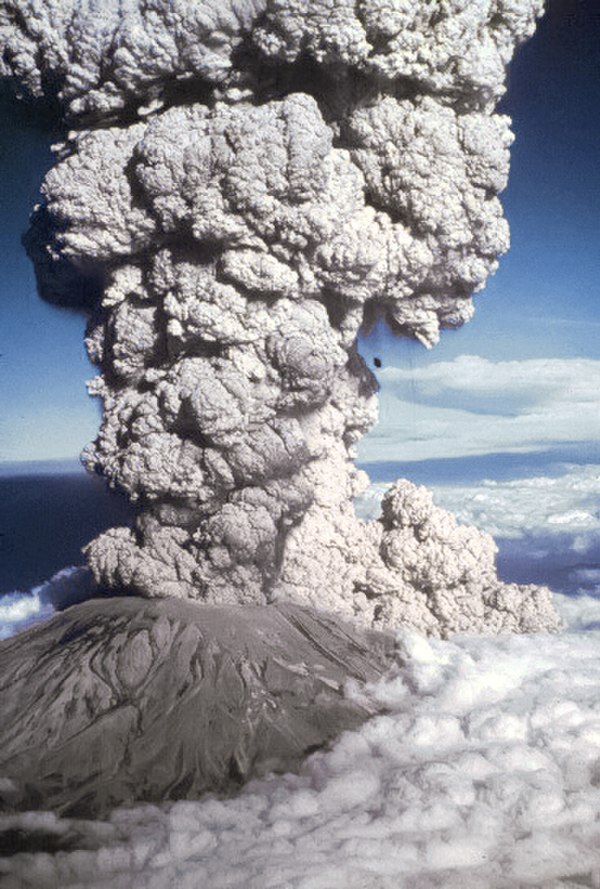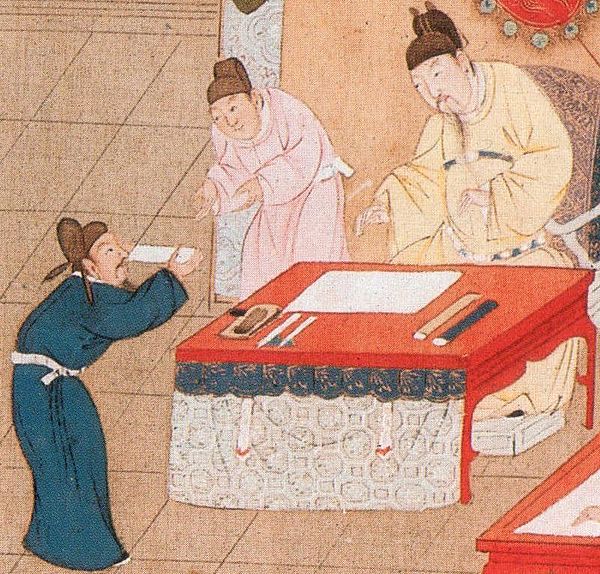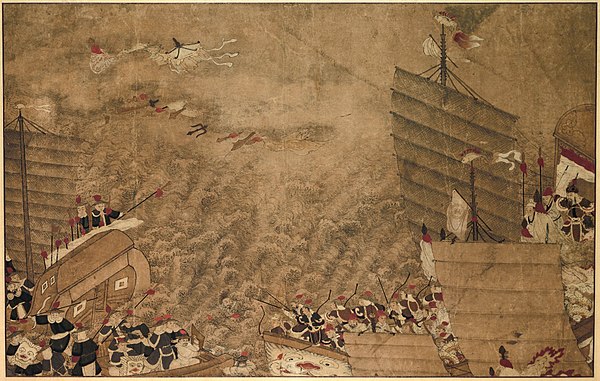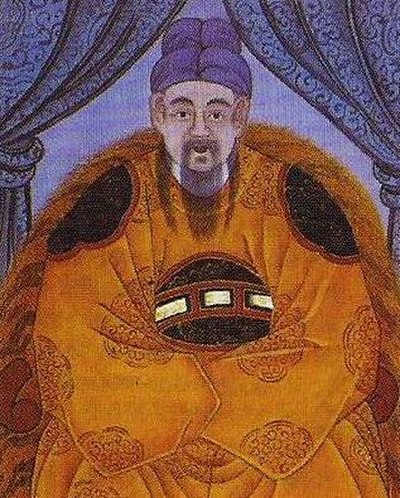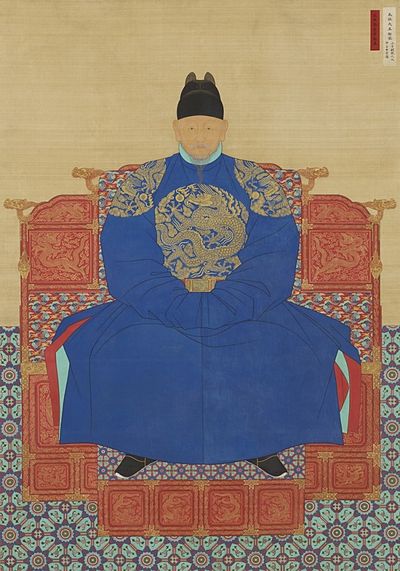Following the Goryeo–Khitan War, a balance of power was established in East Asia between Goryeo, Liao, and Song. With its victory over Liao, Goryeo was confident in its military ability and no longer worried about a Khitan military threat. Goryeo's golden age lasted about 100 years into the early 12th century and was a period of commercial, intellectual, and artistic achievement. The capital was a center of trade and industry, and its merchants developed one of the earliest systems of double-entry bookkeeping in the world, called the sagae chibubeop, that was used until 1920. The Goryeosa records the arrival of merchants from Arabia in 1024, 1025, and 1040, and hundreds of merchants from Song each Year, beginning in the 1030s. There were developments in printing and publishing, spreading the knowledge of philosophy, literature, religion, and science. Goryeo prolifically published and imported books, and by the late 11th century, exported books to China; the Song dynasty transcribed thousands of Korean books. The reign of Munjong, from 1046 to 1083, was called a "Reign of Peace" and is considered the most prosperous and peaceful period in Goryeo history. Munjong was highly praised and described as "benevolent" and "holy" in the Goryeosa. In addition, he achieved the epitome of cultural blossoming in Goryeo.







